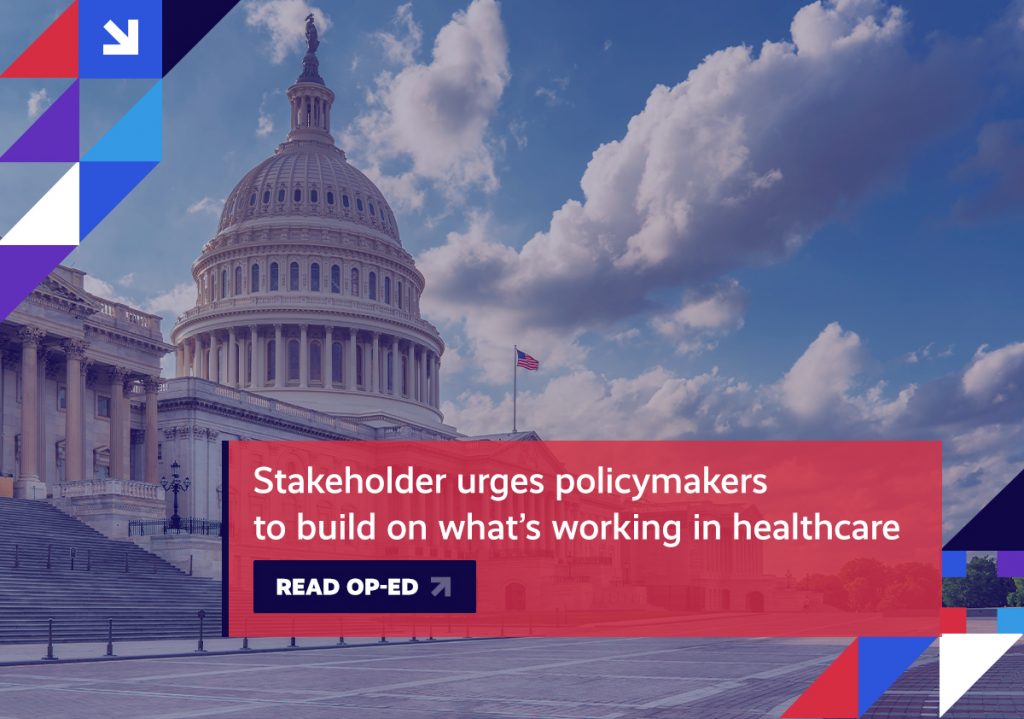Surprise medical billing is shown to drive up premiums for everyone; a new report shows how much more we’re paying for drugs in the U.S.; the rising cost of care is linked to health system consolidation; and, stakeholders bridge the critical gaps in maternal health.
We encourage you to stay involved as implementation efforts surrounding healthcare reform progress. Visit the Health Action Network and be sure to let us know what’s on your mind.
Week in Review
Surprise Medical Billing: Late last year, Congress passed the No Surprises Act, which, at least on the surface, seeks to better insulate consumers from the financial liability that results from surprise medical bills. Those protections are slated to go online beginning in 2022 and represent lawmakers’ attempt to address the pressing issue of surprise medical bills. A new study establishes just how problematic surprise medical bills are for everyone. According to researchers at The Commonwealth Fund and at Georgetown University’s School of Public Policy, surprise medical bills are to blame for the upward trend in payments for out-of-network care, which push rates higher for in-network contracts. These added costs, in turn, could push premiums higher for consumers and employers.
GAO Rx Report: This week, a pair of House Committees held separate hearings focused on lowering drug prices. While these hearings had already been on the docket, their timing coincides with a new report from the Government Accountability Office (GAO) that was released last week which found that net prices for 20 brand-name prescription drugs were as much as four times higher in the U.S. than in Canada, Australia, and France. Not only that, experts are quick to point out that since the report took a look at net prices rather than list prices, the actual difference between what we pay here versus what’s paid in those other countries is likely even higher than GAO’s analysis.
Hospital Consolidation: A pair of studies released this week add to the growing body of evidence linking hospitals’ acquisitions of physician practices to the rising cost of care. Both studies were published by Health Affairs and draw attention to the growing trend that has seen more and more providers increasingly practicing as part of larger hospital systems – a trend, according to the data, that will likely continue to drive up healthcare spending in this country. The first study found that after a doctor became employed by a hospital, a patient’s odds of receiving an inappropriate MRI referral increased by 20 percent. The second study found the volume of lab and diagnostic imaging tests in a hospital setting going up among Medicare beneficiaries after physician practices were acquired by larger health systems. This latter study has particular resonance, given that the Medicare program’s site-based payment policy reimburses hospital-based clinics at a higher rate than independent physician offices for identical procedures.
Maternal Health: The growing focus on maternal health has drawn in stakeholders from across the healthcare spectrum. From payers to foundations to policymakers, all have committed to dedicating resources to the issue, with an eye on combatting inequalities while improving outcomes, including the Blue Cross Blue Shield Association, who announced last month its commitment to reducing racial disparities in maternal health by 50 percent in five years. These efforts are reinforced by advocates and lawmakers, who have turned their attention to drafting comprehensive legislation aimed at curbing the rising rates of maternal mortality and morbidity in the U.S., which currently has the highest maternal mortality rate of any developed nation.
Spotlight

You can keep up with the latest by following the Health Action Network on Twitter and by liking us on Facebook. And, as always, be sure to let us know if there’s something you’d like to see covered in a future newsletter.
